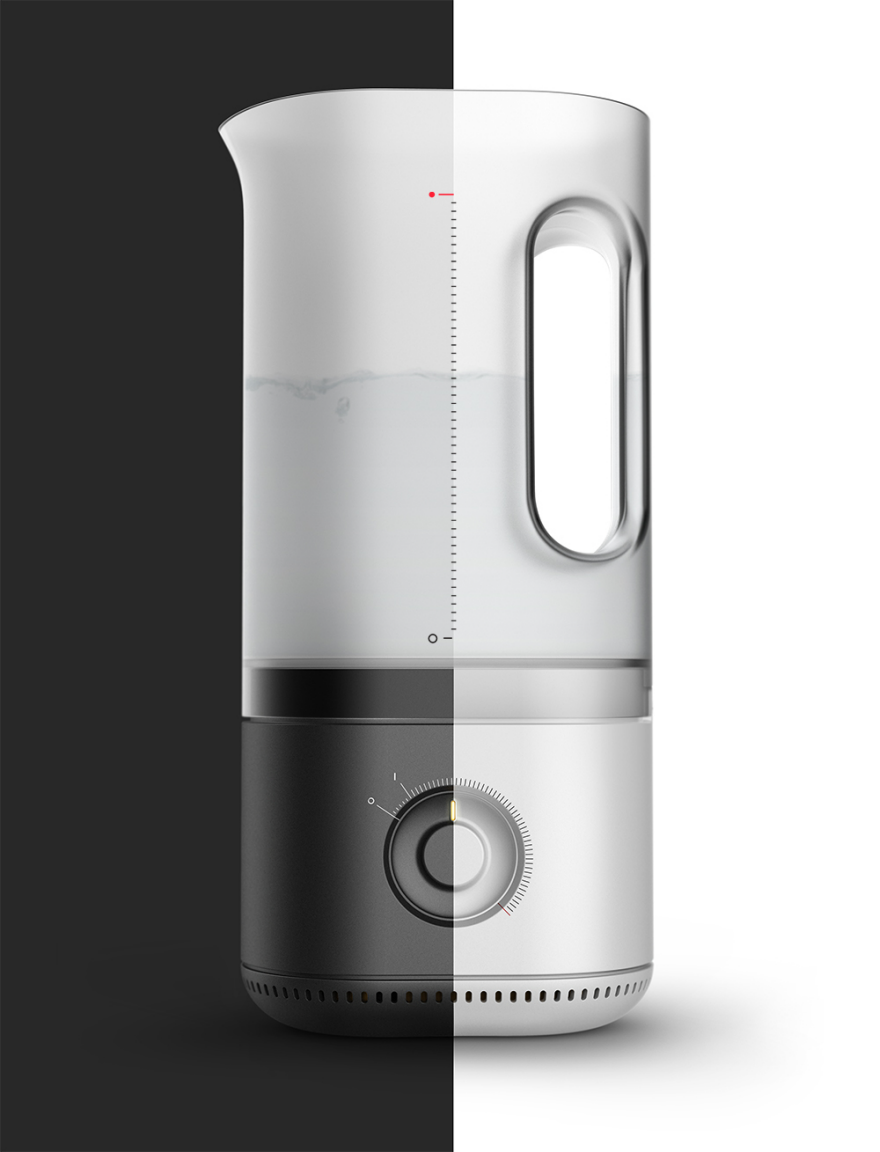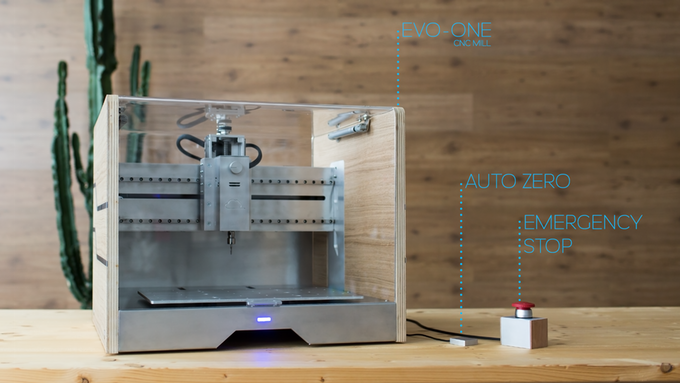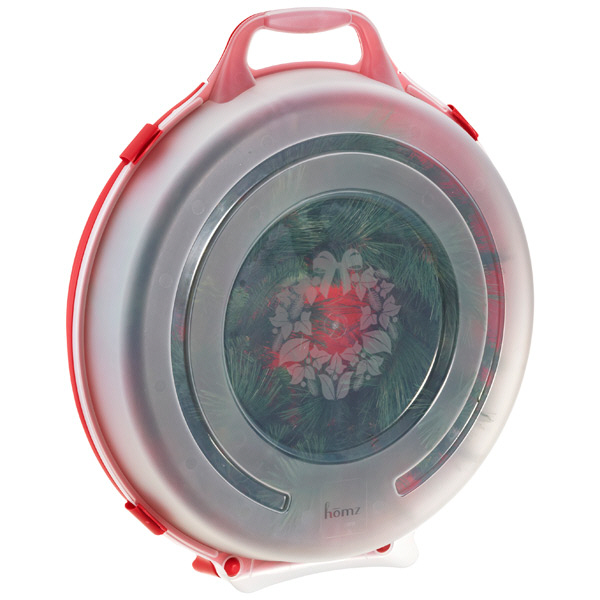While I applaud Nendo for taking the initiative to design the Minim+Aid, a disaster-aid kit inspired by Japan's 2011 earthquake, I am not sure this one hits the mark. But before getting into what I think is wrong with this, let's look at what's right with it.
The overall shape is that of a cylinder, which is waterproof and will float.
The top lid contains a whistle.
Inside the main cylinder are five cylindrical components.
Part 01 holds a radio and an internal battery which can be charged via handcrank.
That charge can then be transferred to your cell phone, or to part 03, which is a portable lantern.
Part 02 holds a raincoat.
Part 04 holds a doypack containing drinking water.
Part 05 is just a simple case, which you presumably fill with your own small personal items or first aid materials.
So on the surface, it seems a handy all-in-one item that "includes the bare minimum necessary for a city-dweller to make it to a place of refuge during an earthquake or other disaster," as the company writes. But I don't feel it addresses actual usage. Here are my gripes:
The Color
The Minim+Aid comes in a MoMA-worthy silver, black or white and "is intended to be kept near an entrance in case of an emergency." If there's an object I'm meant to grab in a hurry because my building's starting to shake, I want it to be fluorescent orange (and I don't want to have to undo a strap to get it off of a closet rod).
Actually Wearing It
Remember the ArtBin tubes we had to carry in design school? At first those seemed like a great idea. Then you actually tried wearing one, and you learned that it doesn't conveniently "pair" with a backpack or shoulder bag. It must be strapped on last and if you wear it archer-style along with a bag, the tube is awkward and the strap interferes with your bag's straps and/or falls off of your shoulder in motion. If you wear it slung diagonally across your back, i.e. from left shoulder to right hip, it makes navigating doorways and obstacles awkward. Ditto for if you wear it horizontally.
Cylinders of this dimension are not meant to be worn on the human body, and this is the last thing I'd want strapped to my back if I was navigating debris; you don't want to fall while wearing something like this--imagine falling backwards with one of these on and landing on your back. Where would the force of impact be concentrated on your body?
Actually Accessing It
The nice thing about a backpack with multiple pockets is that you can quickly access the item you need without going through all of the others; access is non-linear. With the Minim+Aid, it appears the cylinder unscrews at the top and the bottom. That means you can only quickly access whatever's at the very top or bottom, and if you want, say, the lantern/03 (assuming you've kept the canisters in order), you've got to pull two things out first to get it.
Actually Using It
Then there's the actual process of retrieving a particular item: You must remove one of the lids, then up-end the tube to dump the pieces out (or to get them back in if you're going from the bottom). If you were, God forbid, trapped in a tight space, how inconvenient would this be?
Let's take this further and imagine using this in the field. You're sitting down on, I dunno, a pile of rubble and you need the lantern. You unscrew the cap, up-end the tube, pull out 01, set it down. Pull out 02, set it down. Pull out 03 to use it. Do you then put 02 and 01 back in the tube, then put 03 back in on top when you're done? Now they're out of order, will you remember that when next you open it?
Lastly, a cylinder—as pretty as it is—is a poor choice of shapes for multiple items that you're meant to remove and set down. Because that's the perfect shape for something to roll away from you when you accidentally knock it over.
Conclusion
To be fair to Nendo, the Minim+Aid was not designed for Bear Grylls; going back to their description, it does say "the bare minimum necessary for a city-dweller to make it to a place of refuge…." So it implies an urban setting and a presumably short journey. But I feel they could've taken this a lot further and designed something more practical that more folks could use in more situations.
What say you? Should I lay off, since they accomplished precisely what they stated in the description? Or is this just a piece of feel-good-look-purty for design blogs to fawn over?
![]()
















































































































